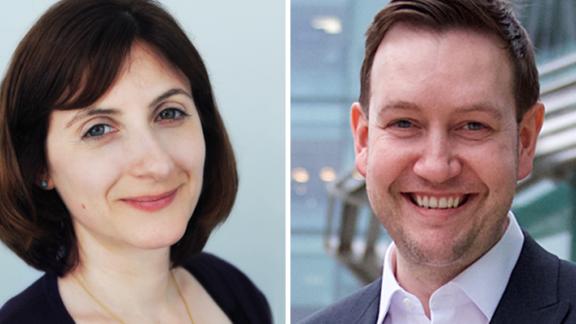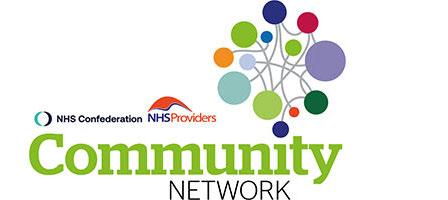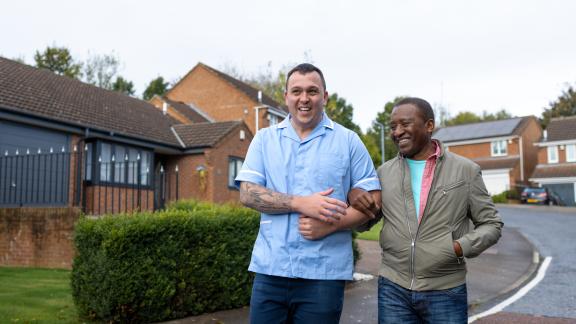Urgent focus needed on backlogs in children and young people’s services

We need a coordinated effort, funding and support to help community providers address backlogs of care across community services for children and young people, write Daniel Reynolds and Miriam Deakin.
The next election may well be fought largely on the issue of NHS care backlogs and waiting times for diagnosis and treatment.
Delivering value for money for taxpayers will always be a priority for NHS leaders. And that means doing all they can to bring down waiting times while continuing to manage the threat from COVID-19.
While providers are facing ongoing operational pressures and new asks to make ambitious efficiency savings, they welcome additional funding to support pandemic recovery, and understand that political leaders want a return on their investment.
Adverse impact on a generation of children
But while the focus on elective care – on reducing waits for operations for hip replacements and cataracts, for example – rightly remains a core NHS priority, we also need to give focus to lesser publicised care backlogs within community health services, which will have notable consequences for children and young people.
We mustn’t sleepwalk into this crisis
Leaders in community providers report spiralling waits for speech and language therapy, health visiting and specialist diagnostics, such as for autism spectrum disorders.
It is not being sensationalist to say that without urgent political attention now, we are in danger of storing up major health and educational problems for a generation of children and exacerbating health inequalities. We mustn’t sleepwalk into this crisis.
We need a similar focus on the health of children and young people as we are seeing on the elective care backlog. This will be vital to improving the life chances of children up and down the country, and supporting the government’s levelling up agenda.
We know these problems existed before the pandemic as waiting lists for children’s services were already on the rise. But COVID-19 has exacerbated the situation and we now face 900,000 people on the waiting list for community services.
It is plain to see that the pandemic has had a unique and significant impact on children, particularly their social development, their education and mental health. It’s clear too that its impact has not been felt equally across society with a growing divide between those able and those unable to access private assessments and support for their children.
For every child left languishing on a long waiting list, there is a risk to their development and wellbeing, building up further pressure on other parts of health and care, and education systems, which inevitably pick up the problem down the line.
Long waits for speech and language therapy, for example, create barriers to communicating with peers in social settings and at school, which has a knock-on effect on learning and socialising. Waits for children’s dentistry can impact sleep patterns, behaviour and subsequent educational attainment.
For every child left languishing on a long waiting list, there is a risk to their development and wellbeing, building up further pressure on other parts of health and care, and education systems
Similarly, delays to autism assessments and diagnoses can have an enduring impact on a child or young person’s life. Without timely diagnosis and appropriate treatment, children and young people with autism can be treated as having behavioural issues, causing undue distress to individuals and their families, and leading to poorer treatment outcomes.
Challenges to restoring services
Providers of community services find themselves in this predicament despite their best efforts, battling staff shortages and seeking to reduce care backlogs within a constrained financial envelope.
In response to the first wave of the pandemic, many services were reprioritised and staff redeployed to support getting more people out of hospital safely. Staff continued to be redeployed at different stages over the last two years and face burnout and fatigue.
Community health providers have been using a range of tools to support them to restore services and meet this rising demand, including things like virtual consultations for children’s speech and language therapy, which enable them to see more patients in a timely way.
Others have worked collaboratively with schools and local authorities to support the delivery of non-clinical support, and exploring how virtual tools like Apps can be used to manage backlogs.
It is time to throw a spotlight on the pandemic’s impact on a generation of children, young people and their families.
But there are some real challenges to meeting the built-up demand. Even before the pandemic, the community services with long waits were those struggling with significant workforce shortages. This has only been exacerbated.
As well as long-standing vacancies and redeployments, the pandemic has also meant greater staff sickness, and combined with enhanced infection prevention and control measures, capacity has been reduced.
It is clear that this issue needs urgent and concerted attention from government. There is a plan and funding to support the recovery of hospital services in an equitable way. We need a similar concerted effort, funding and support when it comes to supporting community providers to address backlogs of care across community services.
It is time to throw a spotlight on the pandemic’s impact on a generation of children, young people and their families.
Daniel Reynolds is director of communications at the NHS Confederation. Miriam Deakin is director of policy and strategy at NHS Providers. Follow them on Twitter @DanielReynolds4 @MiriamDeakin
This blog as first published by the HSJ on 20 April 2022.




